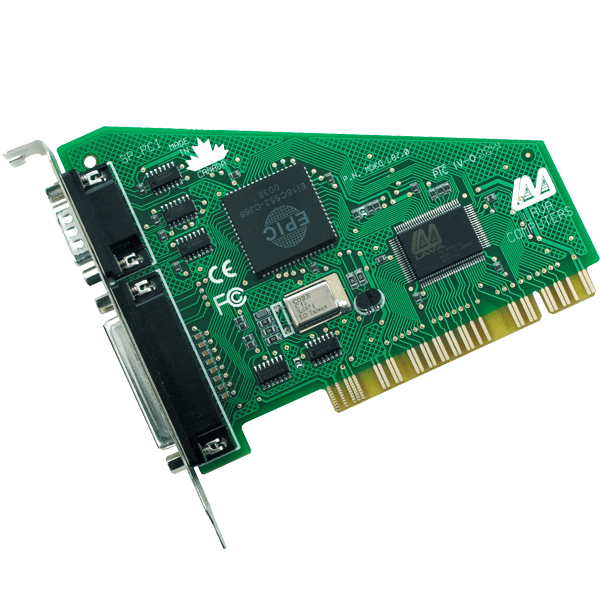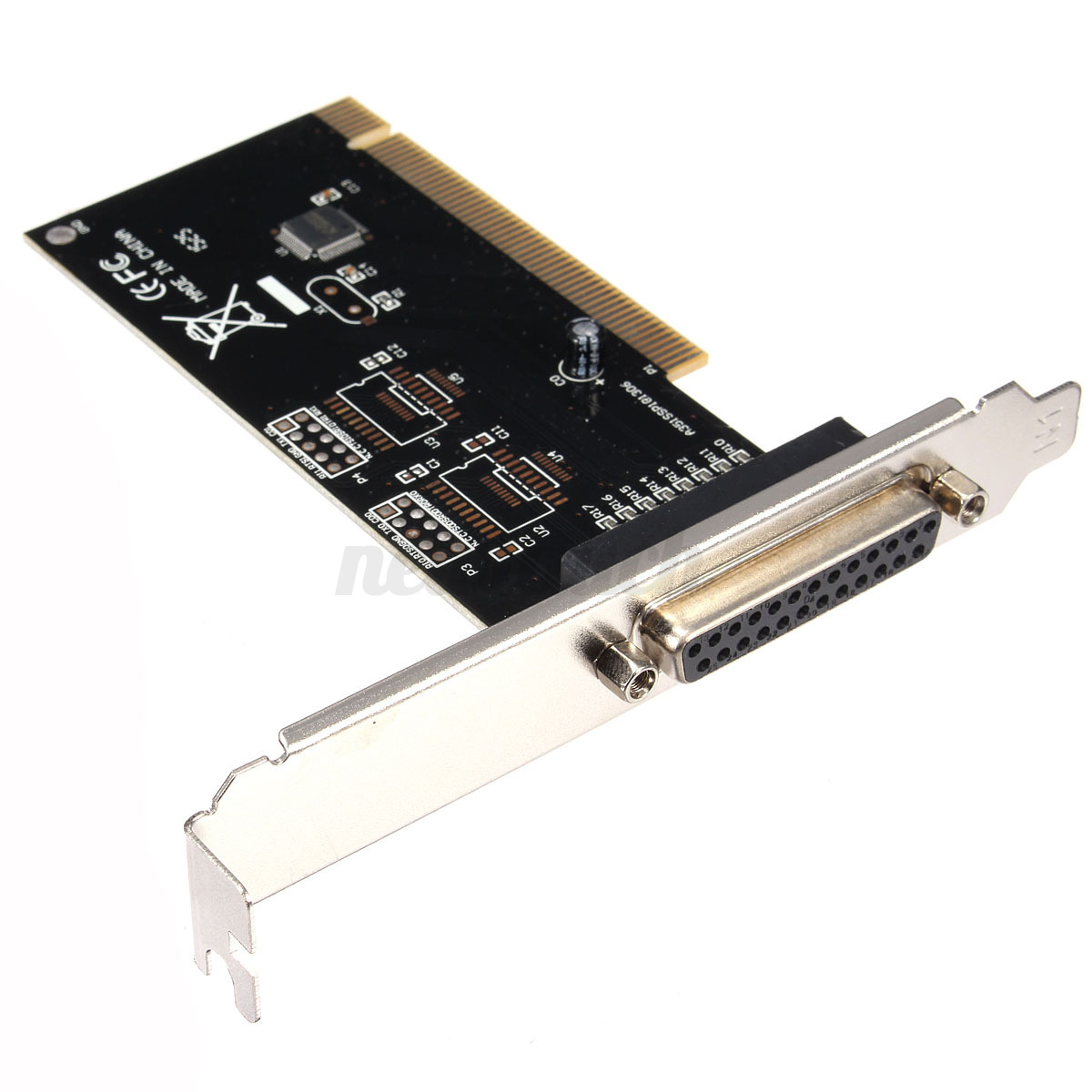I try to find out how to access a parallel port for writing some bits on a Windows7 machine. This parallel port ist located on a PCI-Card, and is automatically installed by Windows7 and can be monitored as LPT2. The adresses assigned to the Port are E800-E807 and E480-E487. This looks to me like non-pyhsical adresses. I already tried different methods to write on the port like using inpout32.dll from http://www.logix4u.net/inpout32.htm or parport.dll as a Java solution. To free these ports I installed Userport but I think with this app it's only possible to free real physical ports.So, how can i either change the port adress to e.g. 378, or get my app writing on a virtual adress with inpout32.dll?
I went as far as buying a PCIe parallel port (SIIG) in exactly your situation (running virtual XP under windows 7 64-bit). The program is Microsim's PSPICE 8.00 which uses the memoHASP dongle. Virtual XP's device manager recognizes the port as LPT3 which I remapped to LPT1. The address range it shows is 0x378.
I already tried some google-found-advices like disabling the 378-adress in BIOS so it is 'free' for beeing used by the PCI-Card. Or like switching between assingement to LPT1, LPT2, LPT3 but nothing seems to work.
EDIT: Maybe someone knows a specific driver for this PCI-Card, so that I don't need to use the default one? It's: http://www.delock.de/produkte/gruppen/IO+Karten/1x_Parallel_UND_2x_Seriell_-_PCI_Karte_89004.html
Ghita Milla Well
Milla Well1 Answer
E800-E807 and E480-E487 are 16-bit I/O addresses. So, you can use a toolkit like WinIO to read/write them. Note that because it is a PCI device, the I/O addresses are assigned dynamically at bootup, and may change at any time. A well-written program will ask Windows what the I/O address of the card is and use that instead of hard-coding it.
myron-semack myron-semack
myron-semackNot the answer you're looking for? Browse other questions tagged windows-7portbiospciparallel-port or ask your own question.
I recently built a new Core i5 system with Windows 7 Professional. I had planned to hook up my TVS MSP 250 XL printer using a USB to parallel cable
Once I plug the cable in, Windows 7 recognizes it as an IEEE-1284 controller and automatically installs the appropriate driver. However, in the status window it reports the following:
'USB Printing Support -- Ready to use'No Printer Attached -- Ready to use'
Parallel Port Driver For Windows 7 32-bit
When I then go ahead and manually add the printer using the 'virtual printer port for USB' I can add the printer seemingly without problem. Once finished, it appears in the Devices and Printers panel. Yet, all attempts to print on this printer fail. It appears that simply no data is sent to the printer (either by programs like word or adobe or by attempting to print a test page.
Parallel Port Driver Windows 7 64 Bit
Does anybody know how to fix this?
1 Answer
Mach3 Parallel Port Driver Windows 7
Insert the cable USB-to-Parallel-IEEE-1284 into a USB2.0 port. Keep in mind that USB 3.0 ports will not work. This is the scenario we have now:
- USB Printing Support: is your cable
- EPSONTM-P2.01 (or whatever you have on your machine) is the printer that is not recognized
Double click on EPSONTM-P2.01 (or whatever you have on your machine) > Change settings (with Administration privileges) > Driver > Update Driver > Browse my Computer for Driver Software > Let me pick from a list of device drivers on my computer > Printers > Generic > generic / Text Only
Of course, feel free to pick up the right driver if you see it.
It's a kind of magic: now the not-recognized USB Printing Support has become a printer. Test it and everything should be fine.
Gaff